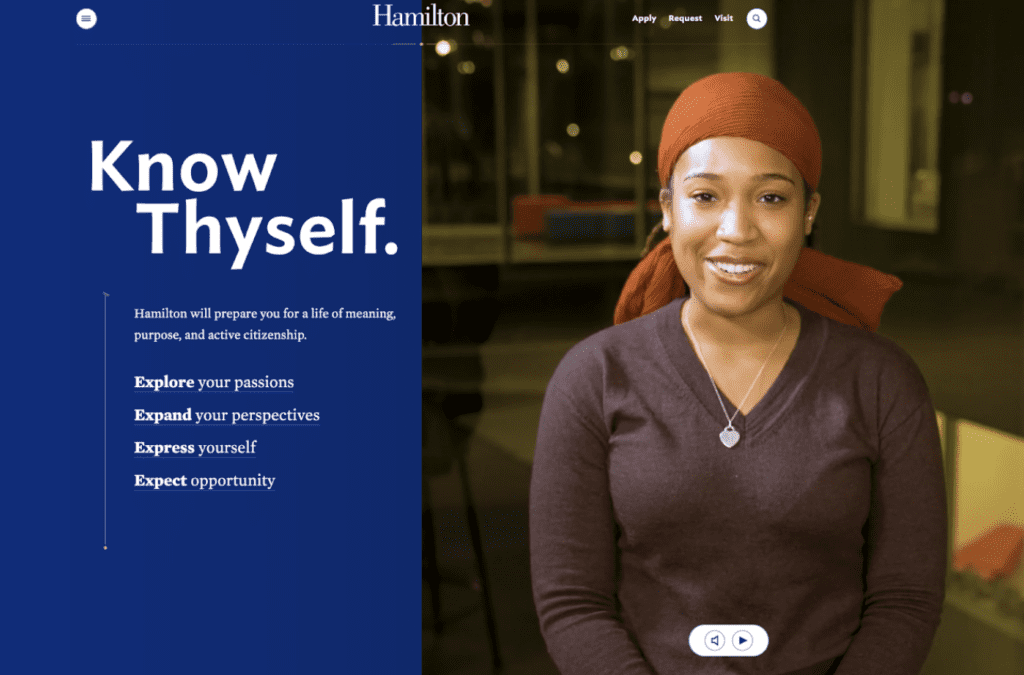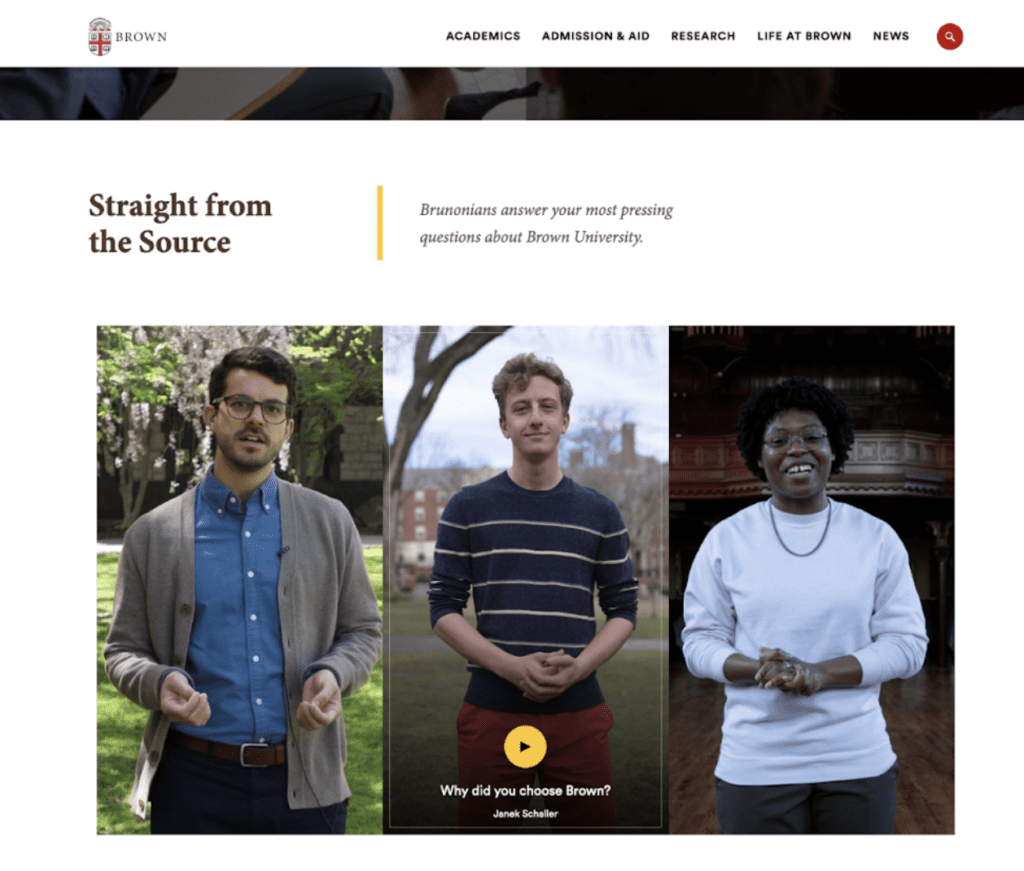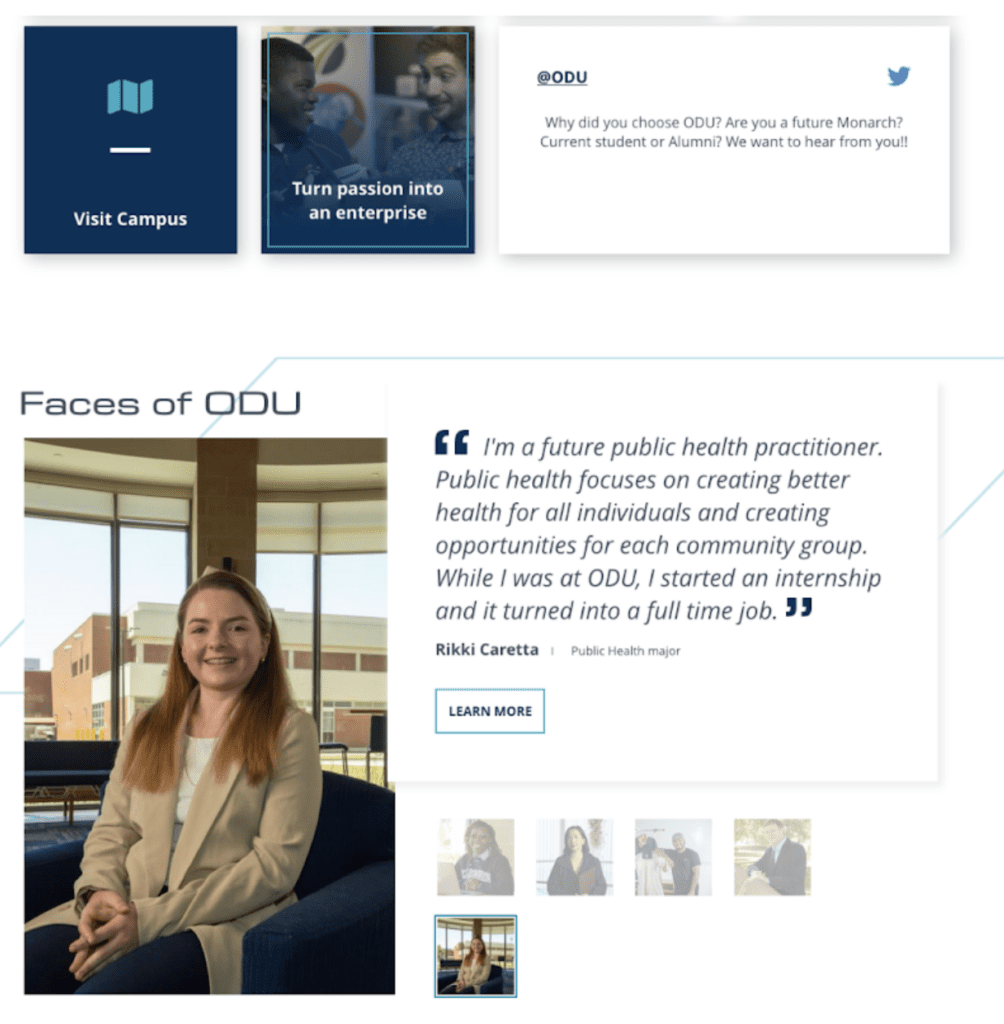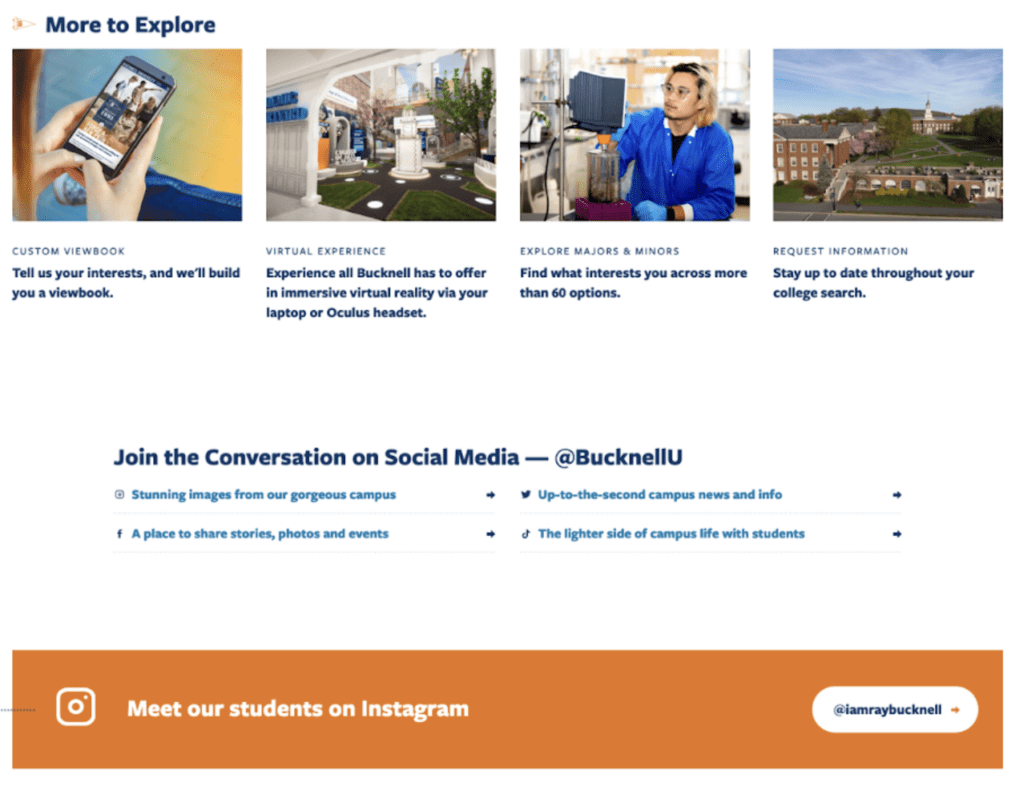Beyond College Rankings: How Content Marketing Can Help Prove Your Value
Long-standing complaints about the validity and biased methodologies of U.S. News & World Report’s annual Best Colleges rankings reached a fever pitch in November 2022, when Yale Law School declined to continue its participation. As well-regarded schools across the country followed suit, USNWR has since been scrambling to maintain its relevance in the higher education landscape.
While this upheaval has been years in the making, history shows us that the status quo is destined to shapeshift, especially during turbulent times. In the wake of a life-changing pandemic and rising inflation—and the threat of an economic downturn—college-bound students and their parents must be guided to look beyond one-size-fits-all rankings as the sole point of reference for identifying the “best” school to attend.
In Malcolm Gladwell’s thorough debunking of USNWR’s rankings in two 2021 episodes of his popular podcast, Revisionist History, guest Walter Kimbrough, the former president of Dillard University, says that “U.S. News rankings are a perpetuation of privilege. That’s all it is.”
“That’s how you raise your academic reputation score. … But there are many other variables in the U.S. News rankings that are also really just about how much money a school has in the bank.”
“Most of the things that U.S. News cares about have to do with money,” Gladwell adds. “That’s how you raise your academic reputation score. … But there are many other variables in the U.S. News rankings that are also really just about how much money a school has in the bank.”
Clearly, it’s well past time to move on from these self-perpetuating rankings.
So, what tactics can higher education marketing use to loosen rankings’ hold on college-bound students and their parents?
How Higher Ed Marketers Can Navigate the Switch
Likely, a share of students and parents will continue to rely on these rankings—and institutional leadership may be hard pressed to let them go. Here are some tips for moving your messaging in the right direction:
- Provide context to your rankings: Say you rate in the top 10, but acknowledge that a ranking doesn’t capture the full picture of who your students and faculty are.
- Showcase other proof points of your quality: career results, alumni impact in local and global communities, research strengths, and innovations, for instance.
- Highlight faculty thought leadership: You can let the work of your talented faculty do lots of the “talking” for you! Go beyond a few lines listing their accomplishments; write features that really let readers dig into the depth of faculty expertise.
Alternatives to Ranking-Focused Marketing: Help Students Find the Best Fit
A strong indicator of the changing perspective toward rankings, an interactive tool recently created by The New York Times, “Build Your Own College Rankings,” reminds college-bound students that “most published rankings are one-size-fits-all, based on formulas that don’t factor in your priorities, goals and needs.”
Using data from three sources—the U.S. Department of Education (via the National Center for Education Statistics and the College Scorecard), Niche.com, and Opportunity Insights—the tool’s database contains information from nearly 900 four-year U.S. colleges and universities with enrollments of at least 500 students. Multiple filters and sliders allow students to prioritize those aspects that are most important to them, such as cost, diversity, and safety.
Besides giving students tangible agency, the tool can be used to discover how your school is represented, which can guide needed adjustments to messaging and tactics. The following content strategies can help fill any voids and steer students to see themselves at your school:
- Tell student stories: Find those students who feel they are being their best selves and show the impact of their activities.
- Highlight student success initiatives and graduation rates.
- Showcase diverse student communities that accurately represent the social sets available at your institution.
While rankings do very little to help students determine if a particular school is a good fit, student-focused content can encourage prospective applicants to consider what they really want and value, the first step to finding the institution that best matches their goals.
Create Content That Meets Student Expectations
To thrive in higher education’s hyper-competitive environment, colleges and universities must continuously seek to enhance their relevance, locate new and diverse applicants, and rethink their strategies for engaging applicants. It’s no secret that the most successful institutions highlight how they can help prospective students reach their goals, often by showcasing current students and campus community members who share their own experiences in their own words.
Here at Viv, we’ve found that content-marketing featuring real student success stories and faculty-led thought leadership, along with an active presence on social media, resonates with the current generation of college-bound students. These approaches are backed by research from the College Marketing Group (University Business, Feb. 2021):
- CMG leaders say it is important to find students on social media channels and connect with them there. They say videos are the way to get through to Gen Z, which makes sense given the amount of video content they consume.
- Put current students in front of the camera. Gen Z students are more likely to be able to relate to them than, say, an older faculty member, unless he or she happens to have a huge sphere of influence in the digital space.
Examples of Strong Student and Faculty Features
Because most prospective students view your college’s website as a one-stop shop to learn about the institution, the homepage is the ideal venue for targeted content. Remember, too, that your website may be a student’s introduction to your institution.

The Hamilton College homepage leads with the institution’s tagline, “Know Thyself,” accompanied by a video featuring a diverse group of students who express how Hamilton is preparing them “for a life of meaning, purpose, and active citizenship.”
Why it works:
- The video is instantly engaging
- Each student speaks naturally and personally to illustrate the school’s value propositions: explore your passions, expand your perspectives, express yourself, and expect opportunity.
- The entire homepage targets prospective students, and the messaging is not disrupted by, for example, the institutional mission or any other content not relevant to the student experience.

On the Brown University homepage, a section titled “Straight from the Source” presents three short videos of Brunonians speaking about their campus experience. Featuring a doctoral student, an undergraduate, and an employee of color, each video answers a question relevant to prospective students.
Why it works:
- Casual and authentic, the videos check all the boxes for appealing to college-age students.
- Immediately following is a section promoting Brown’s social accounts, including a hyperlink to the university’s social media directory.
- Visitors are encouraged to share photos and videos using #SceneAtBrown “for a chance to be featured on the channel.”

Similarly, the Old Dominion University homepage includes a section titled “Faces of ODU,” which showcases three undergraduates and two faculty members.
Why it works:
- While a video does not accompany each snapshot, these community members share their own words about their ODU experience and embody a role potentially appealing to a prospective student.

The Bucknell University homepage offers a twist on Brown’s and ODU’s bite-sized multimedia pieces.
Why it works:
- Features a section titled “Meet our students on Instagram” and a prominent link to an active student-run account, @iamraybucknell, which promises “an inside look” at life at Bucknell.
- Although the section is placed well down the homepage, it is preceded by experience-focused sections that point to degree outcomes, graduate success stories, student stories, faculty stories, alumni stories, and donor stories, each painting a portrait of life at and after the university.
Testimonials, quotes, and social media posts alone won’t increase enrollment, but they do go a long way in personalizing the academic experience for prospective students. Where college rankings reduce your offerings to a number, centering student stories and experiences will help students see themselves at your institution.
Need Help?
If you’re looking to expand your content marketing, but aren’t sure where to start, we’re happy to help! Contact the Viv team and we can work on moving past college-ranking marketing together.
